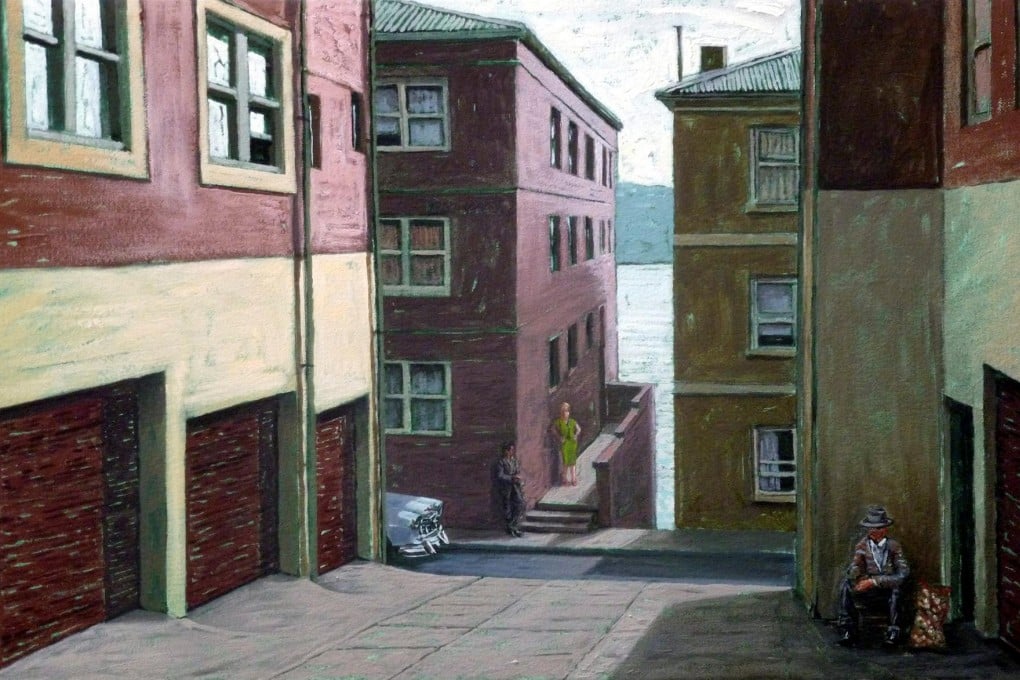Sydney police crime photos from 1950s and 1960s make for an intriguing exhibition
A violent past comes into focus at intriguing exhibitions of Sydney police crime photographs, writes Sue Green

It's just a city street, rather bleak, empty and ordinary. So why the sinister air, the sense that this is not a snap of someone's suburban Sydney home?
It's partly because the viewer knows this picture, on show with dozens of others at the Museum of Sydney, doesn't depict an innocuous scene: it's a crime scene.
But it's more than just context. "The forensic gaze is intimate and intense, sceptical and fundamentally suspicious - much like the artist's gaze," says crime writer and curator Peter Doyle, who trawled the New South Wales Police Forensic Photography Archive for the pictures.
The weirdest, most disturbing photos were the ones where you had no idea what the drama was about - no bodies, no smoking gun, just a view, a way of seeing
"Although there is no explicit artistic agenda in the practice, forensic photography nonetheless projects a vision of sorts - desolate and noir-ish - but this vision is skewed. Police photographers only went to places where things had gone catastrophically wrong.
"Like the city they depict, the images are cryptic and unfinished, as though inviting us to supply the missing pieces, to complete the stories," he says.

And so in Susannah Thorne' s mixed-media work, Lying Man, she sews the image of the body on the floor in the 1956 murder investigation shot that inspired her (the originals are displayed with the works). Chris O'Doherty, aka Mental As Anything musician Reg Mombassa, submitted one of his best-known artworks, House at Beach Road 1974. But is it a crime scene or an idyll of suburban domesticity? Displayed with it is a 1964 house picture captioned simply "Police Investigation".
